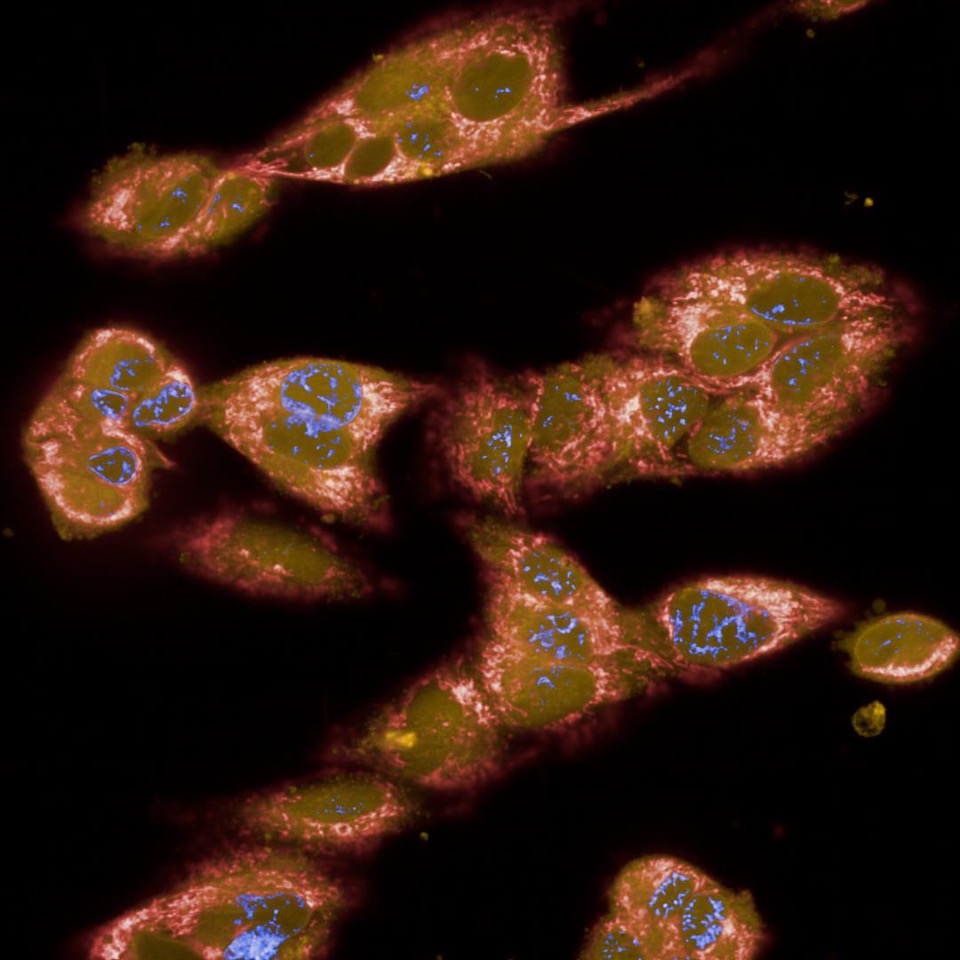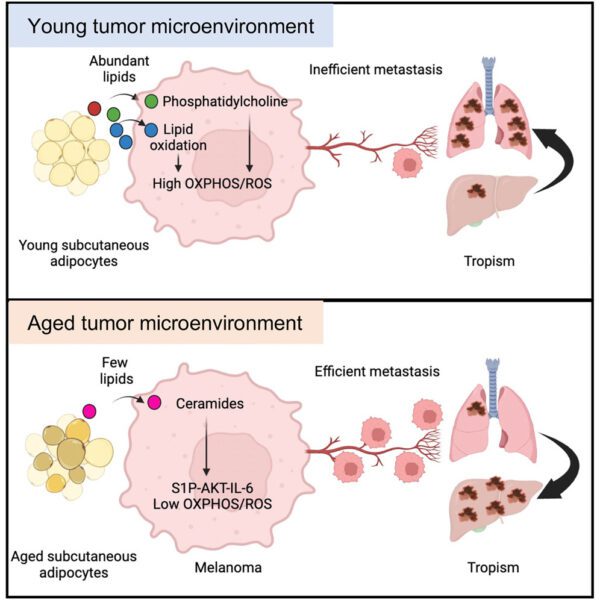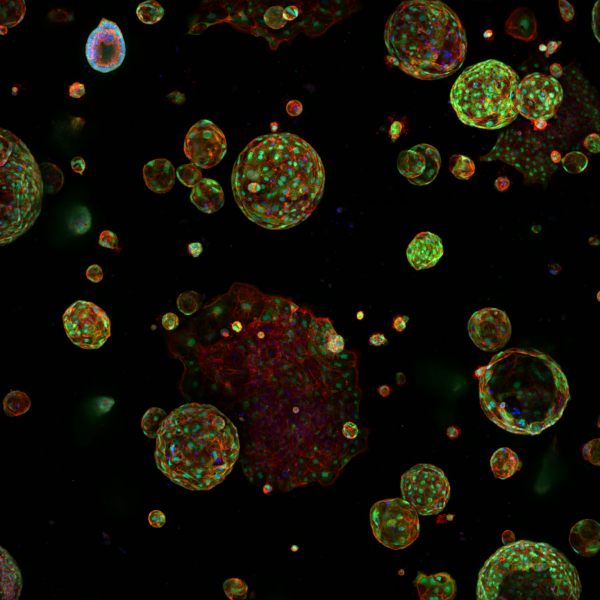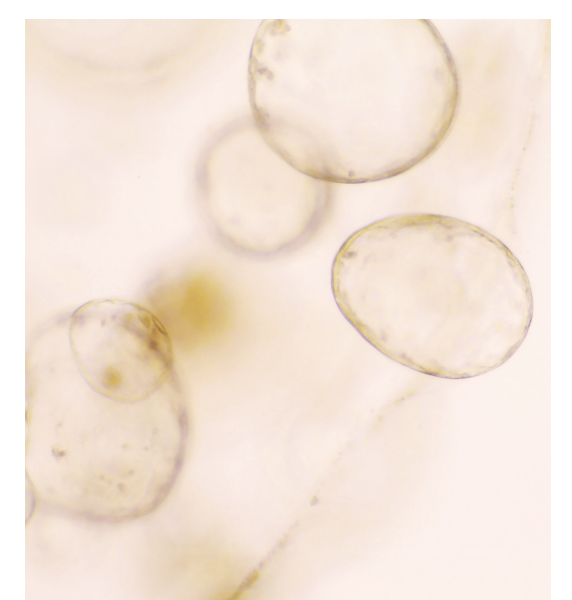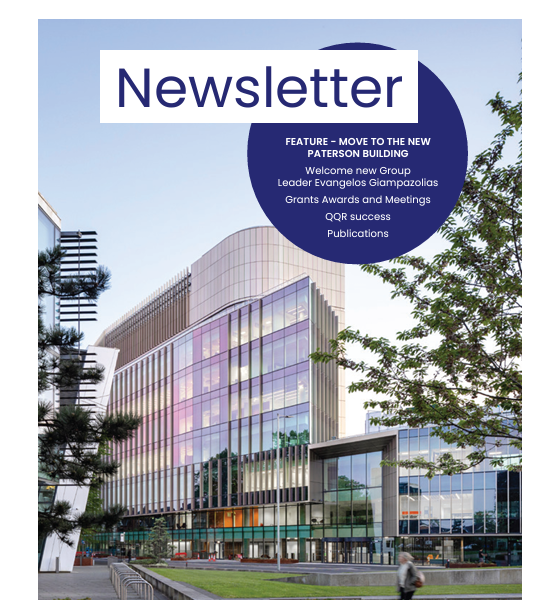Overview
People aged >65 years are more likely to suffer most cancers, including melanoma and non-melanoma skin cancers. Older patients with cancer are more likely to die from their disease than younger people. The incidence and death rate for multiple cancer types, and specifically for melanoma, are rising in the elderly, particularly in older men. Old patients who have a melanoma surgically removed have a high risk of death when the tumour relapses in vital organs.
The association between cancer and ageing is thought to be multifactorial. Ageing and cancer have shared hallmarks, such as accumulation of genetic and epigenetic alterations, loss of efficiency of the immune system and inflammation, and cumulative damage from carcinogens. Furthermore, genomic instability, telomere alterations and senescence are shared mechanisms of cancer and ageing. The rate of distant metastasis for most cancers, leading to death, increases with age. Clinical studies show aged patients can build strong responses to cancer immunotherapy.
Sex bias in cancer is thought to be linked to genetic, hormonal, immunological, and environmental factors. Cancer susceptibility and mortality are higher in the male population. Importantly, distant metastases are more common in males. We aim to understand why older and male patients are more prone to cancer and less likely to survive once they develop the disease, and to investigate possible strategies to halt disease progression.
We use in vivo and organotypic systems to model metastasis and immunotherapy in hosts and in organs that are the most common sites of metastasis by sex, age and diet. We combine next generation sequencing, mass cytometry, metabolic profiling and imaging of cancer cells and the tumour microenvironment to profile how metastases develop in aged organs, in males and females. We use mouse and human tissue sections to study spatial localisation of stromal cells and study their physical association with cancer cells. The overall aim is to determine whether we can target age and sex-specific drivers of poor outcome to improve cancer survival in the population.
